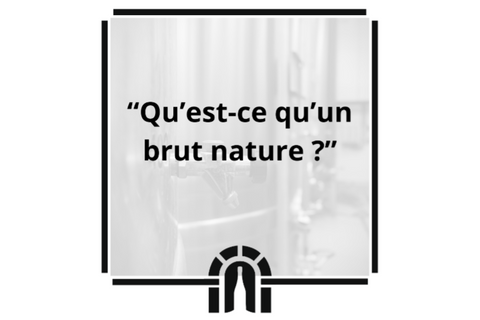A “brut nature” is a type of champagne that contains very little, if any, added sugar in the final dosage.
Here are some key points to understand this type of champagne:
Minimal Dosage: In the final step of Champagne production, called dosage, a small amount of “liqueur d’expédition” (a mixture of wine and sugar) is usually added to balance the acidity of the wine. In the case of brut nature, this liqueur d’expédition contains no added sugar, or only a tiny amount (less than 3 grams of sugar per liter).
Flavor: Brut nature is very dry, with a lively flavor and pronounced acidity. The aromas and flavors of the wine are more directly perceptible, without the softening influence of sugar.
Synonyms: Brut nature can also be called “zero dosage” or “non-dosed”.
Comparison with other styles:
- Extra Brut: Contains between 0 and 6 grams of sugar per liter.
- Brut: Contains up to 12 grams of sugar per liter.
Popularity: Brut nature is particularly appreciated by wine lovers who are looking for a pure champagne, which fully expresses the characteristics of the terroir and the grape variety without the sweetening of sugar.
Food Pairing: Due to its dryness, Brut Nature pairs well with seafood, oysters, sushi, and light fish dishes. It can also be enjoyed on its own as an aperitif.
Production: The production of a brut nature requires very high quality grapes, because the absence of sugar does not allow to mask imperfections. Only the best grapes, often from the best plots and the best vintages, are used to produce this type of champagne.
In short, brut nature is an extremely dry champagne, with no added sugar during dosage, which highlights the purity and complexity of the base wine's aromas. It is a popular option for those who appreciate an authentic and direct style of champagne.


